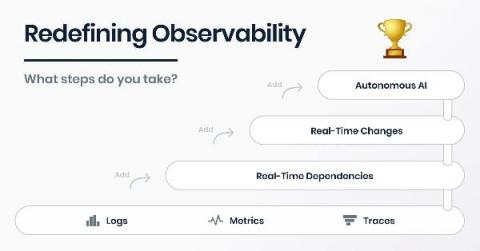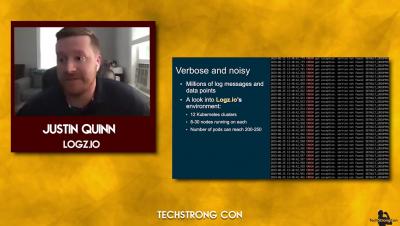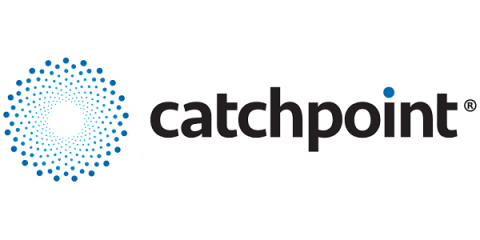Operations | Monitoring | ITSM | DevOps | Cloud
Observability
The latest News and Information on Observabilty for complex systems and related technologies.
What's new in Elastic Observability 7.8
A Next Step Beyond Test Driven Development
The most successful software development movement of my lifetime is probably test-driven development or TDD. With TDD, requirements are turned into very specific test cases, then the code is improved so the tests pass. You know it, you probably use it; and this practice has helped our entire industry level up at code quality. But it’s time to take a step beyond TDD in order to write better software that actually runs well in production. That step is observability driven development.
Observability Redefined: 3 steps to improve your IT infrastructure
Are you already applying IT observability to keep up with rapid changes in your IT operations landscape? Currently, the fast adoption of new infrastructures, including hybrid clouds, containers, and microservices, challenges the market. As organizations move towards these highly dynamic architectures, the requirements for traditional IT monitoring change dramatically. More data keeps on coming, and having the time and skill to keep up with this ongoing stream seems to get harder and harder.
Designing an Opensource Observability Stack for Distributed Environments - Tech Strong Conf.
The Raw & Real Approach to Observability
Practicing observability isn’t just about tools. It also means improving how you work together and how you share lessons across the team. Learning from each other helps everyone on your team become better engineers that can create amazing experiences with code, or that make code work at incredible scale (or both!). Writing software and operating it in production is—and must be—a team sport.
Survivorship Bias in Observability
During World War II, a mathematician named Abraham Wald worked on a problem – identifying where to add armor to planes based on the aircraft that returned from missions and their bullet puncture patterns. The obvious and accepted thought was that the bullets represented the problem areas for the planes. Wald pointed out that the problem areas weren’t actually these areas, because these planes survived.
Accelerate Observability with Catchpoint and Wavefront
Web applications have evolved from static pages with minimal user interaction to a dynamic intuitive interface that delivers advanced functionality. the complex architecture of these applications makes it necessary to monitor and maintain application health, performance, and end-user experience. Catchpoint’s monitoring platform provides all the tools you need to track application performance.
Building an Observable Enterprise App
Once an app is launched to market, it’s up to the engineering team to ensure that it continues to meet its SLAs. See how we use VMware Tanzu Observability (Wavefront) and Sentry to proactively monitor and fix issues before they become production problems. Every engineering leader has experienced the anxiety and stress of taking an app to production. It’s a mix of excitement and trepidation – your creation will be used in real life, but what if something goes wrong?









